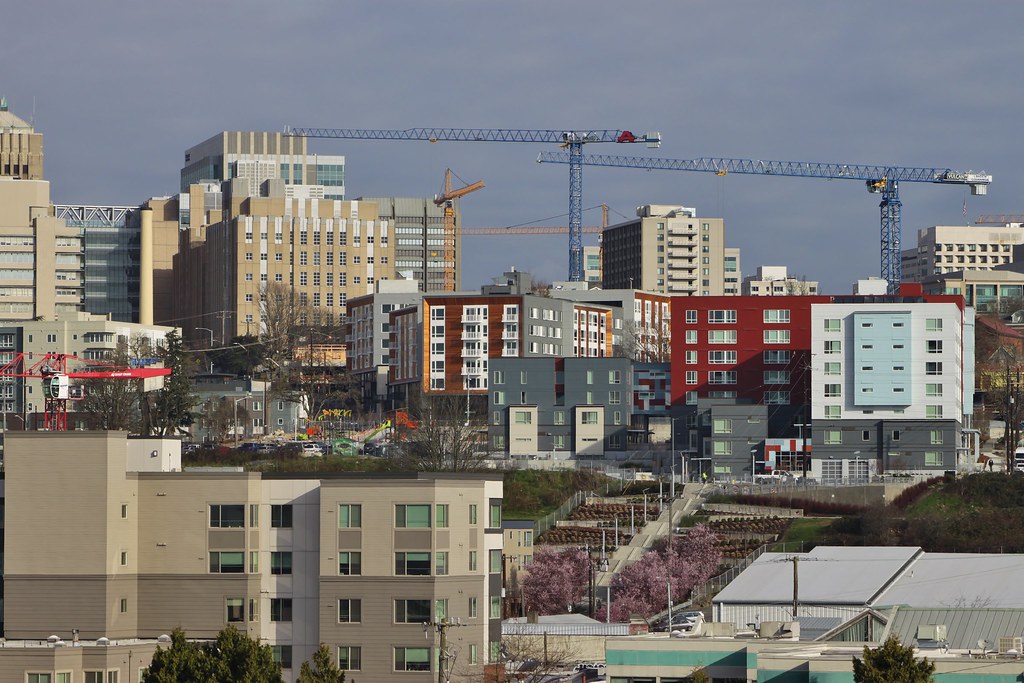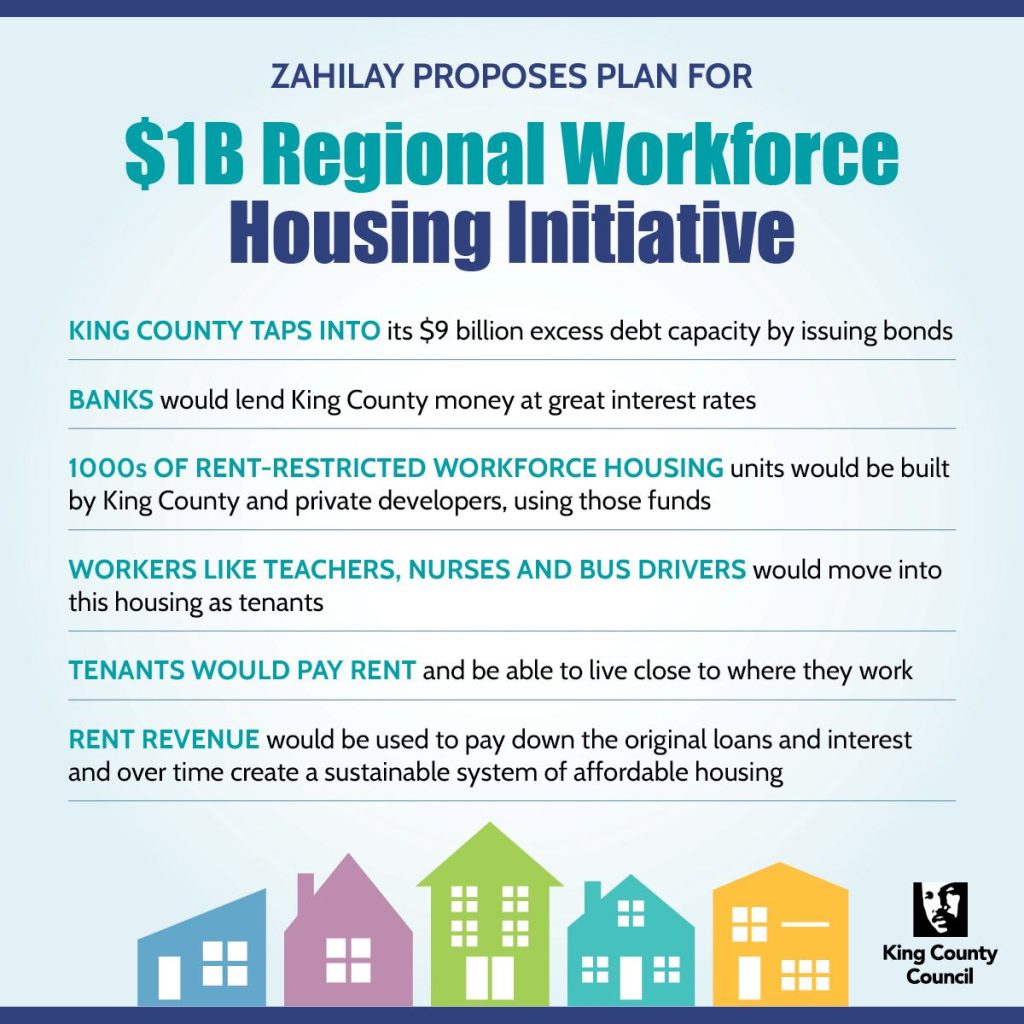Jobs
Op-Ed: Regional Workforce Housing Initiative Can Create Affordable Homes Near Jobs – The Urbanist

Workers deserve to find affordable housing near their jobs — A regional workforce housing initiative can make that happen.
A functioning society demands a healthy workforce, and a healthy workforce requires affordable housing. When essential workers like teachers, nurses, and firefighters are priced out of their neighborhoods, our whole community suffers. We see lower quality services, longer commutes, increased carbon emissions, increased stress, reduced productivity, a weaker economy, and families spending more time apart. Yet, in King County, the rapidly escalating housing crisis has made it increasingly difficult for many of these workers to afford homes near their jobs.
Our region’s workers deserve relief. We must build thousands of new homes across all income levels to address the shortage.
But the path to increasing housing supply in King County has been fraught with challenges. First and foremost, our region’s restrictive zoning, cost of construction, and regulatory landscape provide plenty of barriers. I wrote about these issues and some solutions in a separate article.
Another major obstacle is King County’s limited ability to invest public dollars into affordable housing due to our state’s regressive tax system. Ideally, we’d have progressive taxing options that allow us to invest lots more money toward subsidizing the cost of housing. But that isn’t our reality.
It’s a predicament. But there are options if we are willing to use every tool in our toolkit. I am proposing legislation that will establish a $1 billion Regional Workforce Housing Initiative, a bold and sustainable approach to increasing our housing supply without necessarily relying on new regressive taxes.

The crux of this initiative is simple: King County has approximately $9 billion in untapped debt capacity, some of which we can use without jeopardizing our financial health. By issuing bonds, we can borrow billions of dollars from banks at relatively great interest rates, then use these funds to construct thousands of permanently affordable housing units specifically designed for essential workers. The rental income generated from these units would then be used to pay down the loan, making the initiative self-sustaining and more affordable over time.
The concept is analogous to a person taking out a mortgage to buy a house, and then renting that house to a tenant at a monthly rate that’s enough to cover only their mortgage and other monthly costs. If the owner had no additional profit motive, it’s conceivable that across several years, a tenant living in that house would be paying far lower than market rate.
This model has the potential to produce increasingly affordable housing over time. It’s a win-win solution that supports our workforce, strengthens our economy, and protects the environment.
But the benefits of the Regional Workforce Housing Initiative don’t stop there. In addition to addressing the housing crisis, this initiative would also serve as a significant economic development tool. The construction of thousands of new housing units would create numerous union jobs, provide new tax revenues, stimulate local businesses, and drive economic growth across King County. The units would be built to high environmental standards, such as LEED Gold certification, aligning with King County’s commitment to sustainability.
Moreover, this initiative would prioritize partnerships with housing agencies, developers, and private sector businesses. By working together, we can attract additional state and federal investments, further leveraging our resources to maximize the impact of this initiative and reach even deeper levels of affordability.
Another compelling aspect of the Regional Workforce Housing Initiative is its broad-based support. From unions to the business community, from government agencies to private developers, there is a consensus that this initiative is urgently needed. This coalition of support underscores the fact that affordable housing is not just a social issue—it is a critical component of a strong economy. When workers can afford to live near their jobs, businesses thrive, and communities grow stronger.
The Regional Workforce Housing Initiative is not just a housing policy; it’s a statement of our values. It reflects our commitment to ensuring that everyone who contributes to the well-being of King County has the opportunity to live here. Let’s build a King County for all.

Girmay Zahilay
King County Councilmember Girmay Zahilay represents District 2, which includes the University District, Laurelhurst, Ravenna, Eastlake, Capitol Hill, the Central District, South Seattle, Allentown, and Skyway. He was first elected in 2019.









